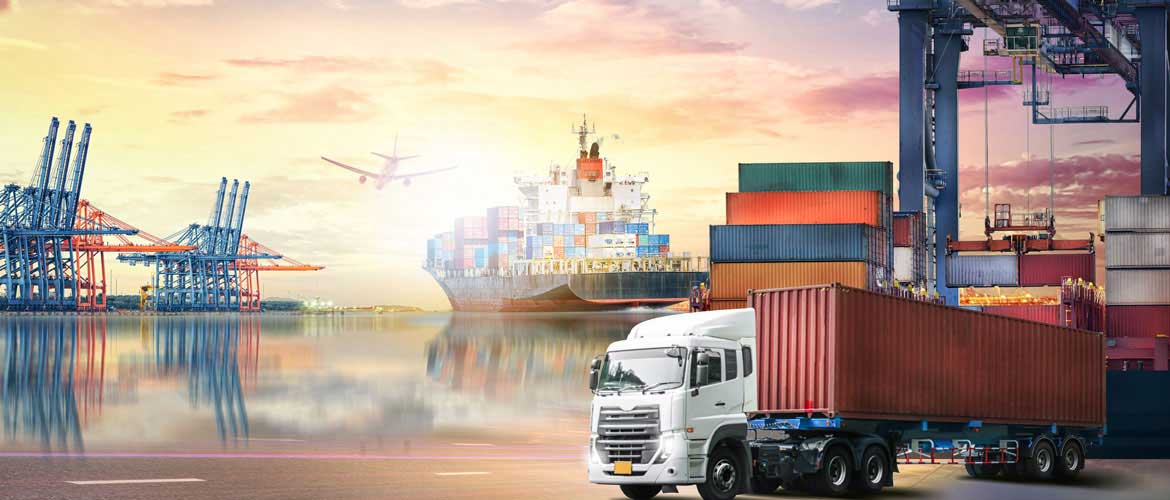Supply chain challenges continue into New Year

Rising sea freight rates and equipment shortages across Asia have not abated over the holidays and show little sign of easing before the 2021 Chinese New Year (CNY) holidays and may continue into the 2nd quarter.
The COVID pandemic massively impacted global freight infrastructure operations, rates, vessel space and equipment availability from the latter part of 2020 and is showing little sign of ending.
Consumer demand remains strong across Europe, in the face of continuing lockdowns, which means companies are unable to restock, increasing demand from all primary origins, which is why sea freight space is expected to remain tight until after Chinese New Year (CNY) and may not slacken until the second quarter of 2021.
Sea freight rates from China are at the highest levels ever seen, equipment shortages continue at virtually every popular origin and schedule reliability continues to be impacted by continuing port congestion.
The Shanghai Containerised Freight Index, reported spot rates rising above $4,000 per TEU on the 31st December 2020, which is 264% more than 2019 and the highest we’ve seen quoted.
Further evidence of continuing strength in the sea freight markets is that carriers have only announced seven blank sailings ahead of CNY on the Asia-North Europe trade, equivalent to just 10% of capacity, compared with the 40% of capacity blanked in 2020.
The availability of container equipment and access to vessel space continues to be the major issue at all primary origins, while congestion at main EU/US ports has been hitting the line’s schedules since the start of Autumn 2020 and is a major factor in driving freight rates up.
The container availability Index (CAx), which measures empty container availability, measured 0 – 1, is currently sitting at 0.05 which is near critical levels. Anything below 0.5 is consider a deficit.
Disruption and delays began to build at at EU and US ports in the Summer, as importers replenishment programmes first began to ramp up and volumes from Asia began to increase. Container ports, operating with COVID-safe working practices and deep-cleaning protocols, were unable to keep terminal operations optimised to unload vessels and return the containers fast enough, which was a major contributory factor to the shortage of equipment in Asia.
The significant congestion at UK container ports which commenced at Felixstowe, before filtering out to Southampton and London Gateway, continues, with some shipping lines diverting vessels from the UK, preferring to offload UK-destined cargo in continental European ports. But with no guaranteed timeline for those containers to feeder back to the UK, the situation requires urgent resolution.
Some lines are not currently willing to quote to primary UK ports, which means that the cost implication of using secondary ports or feedering those boxes back to the UK needs to be accounted for, and many of these feeder services are already at capacity.
As shipping lines continue to alter schedules and divert ships, the hope for supply chain improvement probably lies with global vaccination programmes. As immunity spreads, COVID-safe work practices will ease and a greater availability of personnel in warehouses and terminals across Europe and will allow the faster turnaround of vessels and repatriation of equipment.

